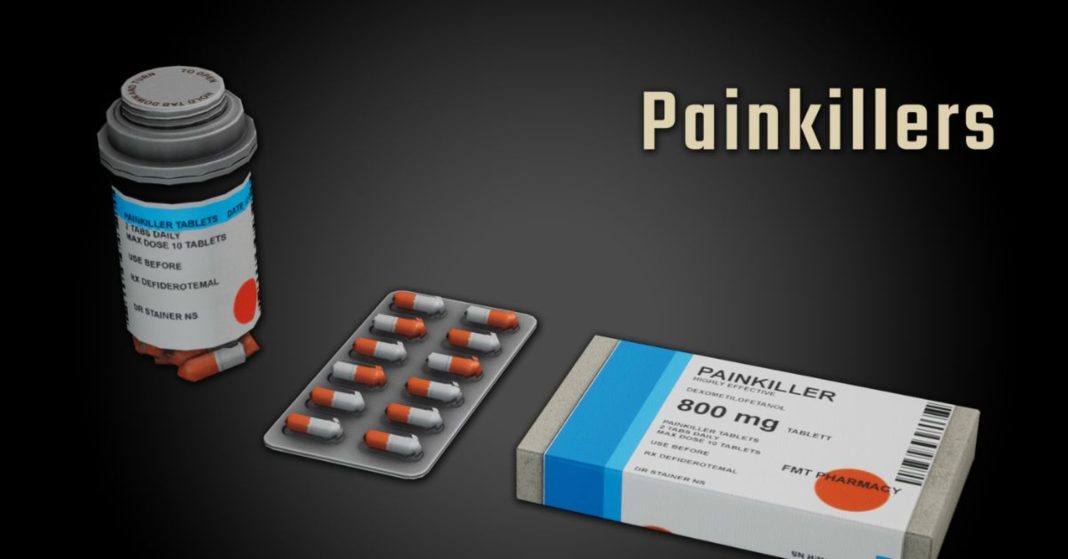Pain is a common part of human life. From a simple headache to a toothache or even severe pain after an injury, everyone experiences discomfort at some point. The good news is that medicines called pain killers help us get relief. But have you ever wondered how to pain killer work inside the body? This blog will explain everything in detail, in simple words that both a 5th standard student and an adult can understand.
Understanding Pain Before Knowing How to Pain Killer Work
To understand how to pain killer work, we must first learn what pain is.
- Pain is the body’s natural alarm system.
- When we get hurt, fall sick, or have swelling, tiny sensors in our body send messages to the brain.
- These messages are sent through nerves as pain signals.
- The brain then makes us “feel” pain so that we take action to protect ourselves.
So, pain is not always bad. It warns us when something is wrong.
What Are Pain Killers?
Before learning how to pain killer work, let’s know what pain killers are.
Pain killers, also called analgesics, are medicines that reduce or stop pain for a certain period. They don’t usually cure the main cause of pain but make us feel better until the body heals or the treatment works.
Types of Pain Killers and How to Pain Killer Work Differently
There are different types of pain killers, and each works in a slightly different way.
Non-Opioid Pain Killers
- Examples: Paracetamol, Aspirin, Ibuprofen, Naproxen.
- Best for: Headaches, fever, body pain, toothache, arthritis, or injuries.
- How to pain killer work here: They block chemicals called prostaglandins that carry pain messages and also reduce swelling and fever.
Opioid Pain Killers
- Examples: Morphine, Codeine, Tramadol.
- Best for: Very strong pain like cancer pain or after surgery.
- How to pain killer work here: They attach to special areas in the brain called opioid receptors, which change the way the brain feels pain.
Topical Pain Killers
- Examples: Pain relief creams, gels, and sprays.
- Best for: Muscle pain, sprains, joint pain.
- How to pain killer work here: They act directly on the sore area by reducing swelling and numbing the nerves.
Step-by-Step Process of How to Pain Killer Work
Let’s look at the simple steps of how to pain killer work inside our body:
Step 1: The Pain Signal Begins
When you get hurt or sick, the body produces prostaglandins. These are like messengers that shout “pain, pain” and send signals to your brain.
Step 2: Pain Killers Block the Pain Messengers
When you take a pain killer, it travels through your blood.
- Paracetamol mostly works in the brain to reduce how strongly pain is felt.
- NSAIDs like Ibuprofen and Aspirin stop the production of prostaglandins, so fewer pain signals are sent.
- Opioids like Morphine connect to opioid receptors in the brain and spinal cord, blocking the feeling of pain.
Step 3: Relief from Pain
Because the brain is not receiving strong pain signals anymore, you start to feel relief within minutes or hours, depending on the type of medicine.
How Quickly Do Pain Killers Work?
Understanding how to pain killer work also means knowing how fast they act.
- Tablets or Syrups: Usually take 30 minutes to 1 hour.
- Injections: Work faster, sometimes in just 10 minutes.
- Topical Creams: Work in the area they are applied to, often within 20–30 minutes.
The speed depends on the type of medicine, the dose, and the way it is taken.
How to Pain Killer Work Safely in the Body
Pain killers are very useful, but they must be used carefully. Here’s why:
- Taking too much paracetamol can damage the liver.
- Ibuprofen and aspirin can harm the stomach or kidneys if taken too often.
- Opioids can cause addiction or sleepiness if not used under medical guidance.
So, while we understand how to pain killer work, we must also respect their limits.
Benefits of Knowing How to Pain Killer Work
- Helps us use them wisely.
- Prevents harmful side effects.
- Reminds us that pain killers reduce pain but don’t always cure the cause.
- Encourages us to seek medical advice for serious pain.
Natural Ways Along with How to Pain Killer Work
Even though pain killers are effective, sometimes natural remedies help too.
- Ice packs for injuries and swelling.
- Warm compress for muscle stiffness.
- Good rest and sleep for body recovery.
- Exercise and stretching for long-term body health.
- Meditation and deep breathing to reduce stress-related pain.
Conclusion
By now, you clearly understand how to pain killer work in our body. They block or reduce pain signals, giving us relief. However, they must be used carefully, because while they make us feel better, they do not always treat the real cause of pain. The best approach is to use pain killers only when necessary and under proper guidance, while also addressing the main reason behind the pain.
Frequently Asked Questions on How to Pain Killer Work
Q1. Can children take pain killers?
Yes, but only in doses recommended by a doctor, usually paracetamol or ibuprofen.
Q2. Why do pain killers not work sometimes?
If the pain is very strong or caused by a serious illness, normal pain killers may not be enough.
Q3. Can pain killers cure the main problem?
No, they reduce pain but do not always treat the real cause. For example, tooth pain may stop with paracetamol, but you still need a dentist for the cavity.
Q4. How many pain killers are safe in a day?
It depends on the type and strength. Always follow the doctor’s advice and never exceed the recommended dose.
Q5. Can pain killers be taken every day?
Regular use without medical advice is harmful. Only long-term treatments prescribed by doctors are safe.



